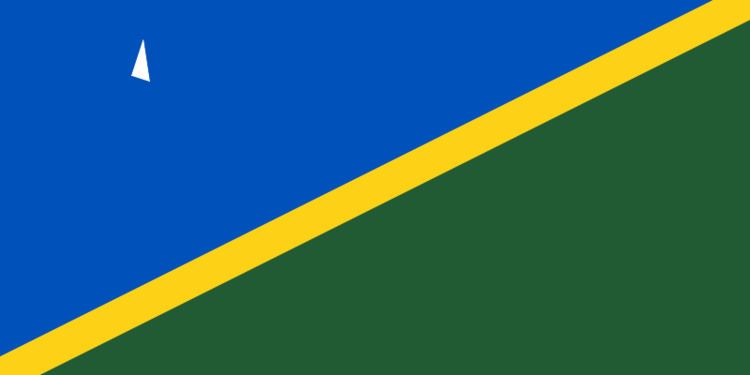Population 561,231 (2013) GNI per capita 1,810 PPP dollars (2013) Official language English | Life expectancy 67.51 years (2012) Population growth rate 2.1% annual change (2013) | |
 | ||
Fertility rate 4.10 births per woman (2012) | ||
This article is about the demographic features of the population of Solomon Islands, including population density, ethnicity, education level, health of the populace, economic status, religious affiliations and other aspects of the population.
Contents
- Map of Solomon Islands
- The World Factbook demographic statistics
- Population
- Age structure
- Population growth rate
- Birth rate
- Death rate
- Net migration rate
- Urbanisation
- Sex ratio
- Infant mortality rate
- Life expectancy at birth
- Total fertility rate
- Health expenditure
- Physicians density
- Hospital bed density
- Nationality
- Ethnic groups
- Religions
- Languages
- Literacy
- References
Map of Solomon Islands
The Solomon Islanders comprise diverse cultures, languages, and customs. Of its, 94.5% are Melanesian, 3% Polynesian, and 1.2% Micronesian. In addition, small numbers of Europeans and Chinese are registered. About 120 vernaculars are spoken.
Most people reside in small, widely dispersed settlements along the coasts. Sixty percent live in localities with fewer than 200 persons, and only 10% reside in urban areas.
The capital city of Honiara is situated on Guadalcanal, the largest island. The other principal towns are Gizo, Auki, and Kirakira.
Most Solomon Islanders are Christian, with the Anglican, Methodist, Roman Catholic, South Seas Evangelical, and Seventh-day Adventist faiths predominating. About 5% of the population maintain traditional beliefs.
The chief characteristics of the traditional Melanesian social structure are:
Most Solomon Islanders maintain this traditional social structure and find their roots in village life.
The World Factbook demographic statistics
The following demographic statistics are from The World Factbook, unless otherwise indicated.
